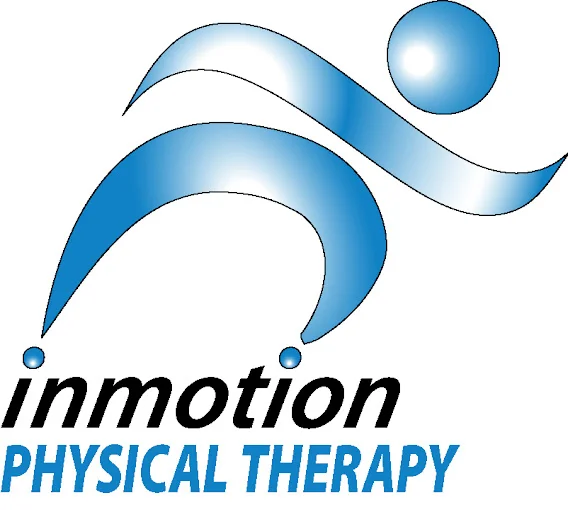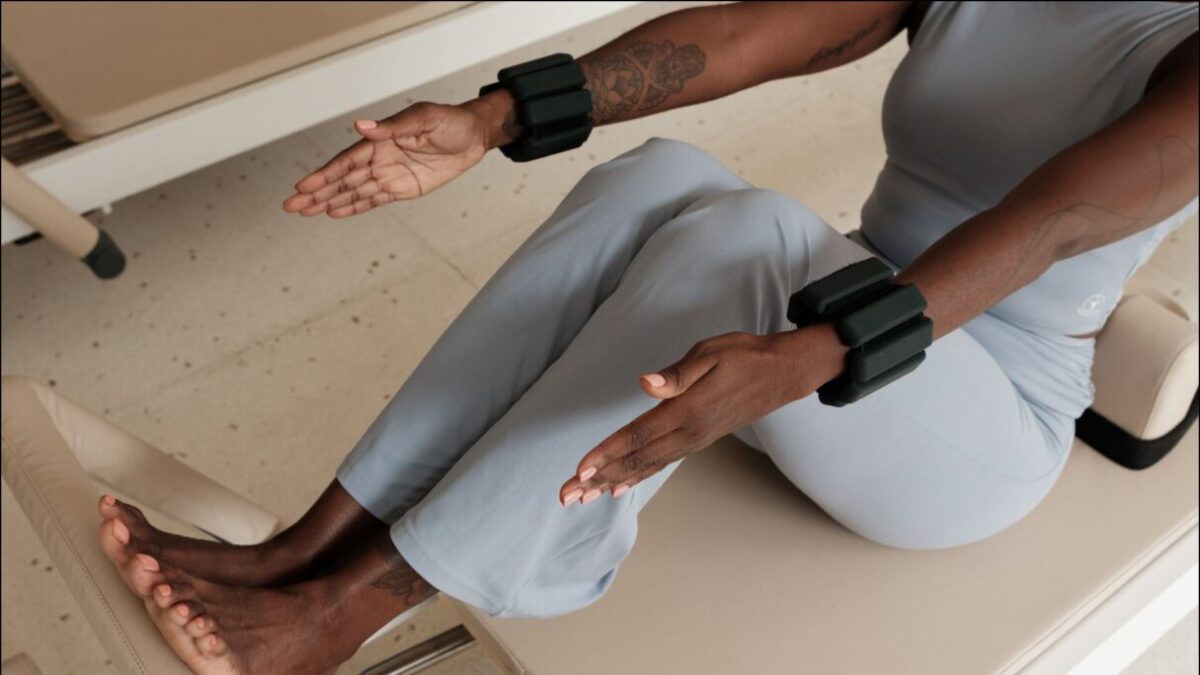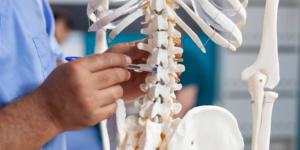Anterior cruciate ligament (ACL) injuries are common among athletes and active individuals, and many times they require surgical intervention. Physical Therapy for ACL injuries is crucial. It is best to start this BEFORE you have your surgery. This step alone can significantly benefit you as a patient and will set you up for BEST outcomes. If you are looking to return to your sport successfully after surgery, keep reading to find out why starting PT before ACL surgery is a game-changer!
Although ACL surgeries are a very common orthopedic intervention, with an incidence of 7.2 per 100,000 high school athletes, the number of athletes who return to their prior level of sport performance is only around two-thirds. For competitive sports, this is even lower, only 1 in every 2 athletes returns after an ACL injury. In other words 33-50% of athletes do NOT return to sports after ACL reconstruction surgery! The good news is that there are things within your control as an athlete to ensure your success.
Physical Therapy for ACL prehab is crucial for these 4 reasons:
#1. Improve Tissue Recovery
After you tear your ACL, your body undergoes an inflammatory response to protect itself and attempt to heal the tissue. This response often causes pain, swelling, and sometimes bruising in the area. Swelling leads to a decrease in range of motion in your knee joint, making it difficult to walk properly. By starting Physical Therapy early on, your therapist will be able to guide you through treatments that will help decrease swelling and improve pain. Your range of motion, quadriceps strength and walking patterns will all improve as well. This will make your recovery after surgery easier, quicker and less painful!
#2. Ensure Appropriate Load
Each ACL injury is different, and requires a unique treatment plan. Other structures in your knee, such as your Meniscus, Medial Collateral Ligament (MCL) or even the tibia (shin bone) or femur (thigh bone) may have also sustained damage. All of these factors play a role in what you SHOULD and SHOULD NOT do after your injury. Some people (like me) were running right before their surgery, for others even putting weight on the leg may cause more damage.
Your physical therapist will work with you and your orthopedist to determine the appropriate preoperative plan. It should be tailored to your specific situation, considering what activities you should and should not engage in before surgery.
#3. Build Athletic Confidence
Suffering an ACL injury is not only a physical setback but also a mental one. Many athletes struggle with the fact that they will not be able to participate in their sport for as many as 9-12 months. This blow to their identity can lead to decreased confidence and a lower chance of returning to the field.
By starting your Physical Therapy treatment early you can work together to SET EXPECTATIONS on what this process will look like. You can become comfortable with your PT as this person will play a crucial role in your recovery journey. Make sure you find someone who is the right fit for you.
Before you have your surgery, having an idea of what the next year of rehabilitation will look like can make it less overwhelming. Having a solid plan and milestones to aim for along the way will improve your chances of successfully returning to your sport
#4. The Research Supports it!
Pre-operative physical therapy works on optimizing the patient’s overall physical condition to facilitate the recovery process. The stronger and fitter you are going into surgery, the easier the road to recovery is! This sets a solid foundation for the post-operative process and will lead to better outcomes. Research shows that patients who undergo a few sessions of Physical Therapy prior to their surgery experience reduced pain, improved knee function and SHORTER recovery times.
Let’s face it, tearing your ACL really SUCKS! It is a challenging injury both physically and mentally. This is especially true for athletes. The rate at which athletes return to sport is often lower than expected, with a higher risk of re-injury.
4. Proper Technique
It’s easy to get excited and jump on the course for a few rounds on the first nice weekend of the year. Unfortunately, if your body is not ready for this type of stress you are going to spend more time on your couch than the golf course. Ease your way back into playing to avoid injury and make it a more enjoyable season!
Golf is a great form of exercise in addition to a fun way to spend time outdoors with friends. Oftentimes, lack of preparation can lead to injury and frustration. If you are looking to improve your game AND reduce your pain, a full in depth analysis of your movement may be what you need!
In order to improve your chances of successfully playing your sport, working together with a Physical Therapist before your surgery is KEY for athletes.
Starting PT early can help speed up recovery, improve your strength and range of motion, allow you to build a relationship with your health care provider and boost athletic confidence. Remember, there are elements of this recovery process that are within your control and if you put in the work it can make all the difference in return to the sport that you love.
Golf is a great form of exercise in addition to a fun way to spend time outdoors with friends. Oftentimes, lack of preparation can lead to injury and frustration. If you are looking to improve your game AND reduce your pain, a full in depth analysis of your movement may be what you need!



